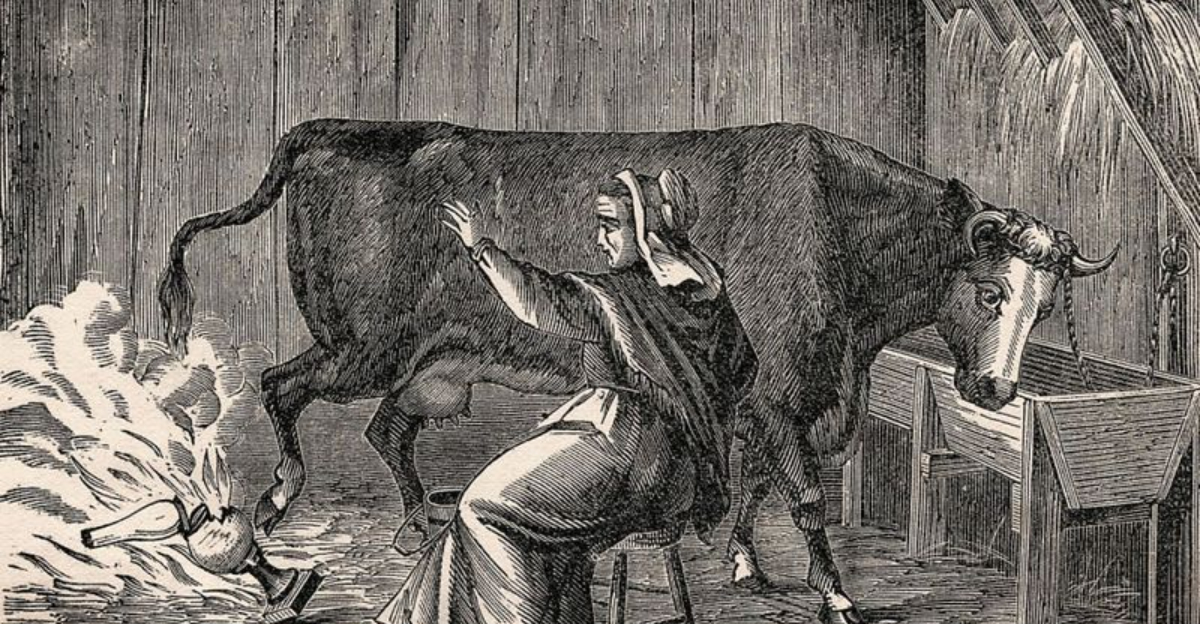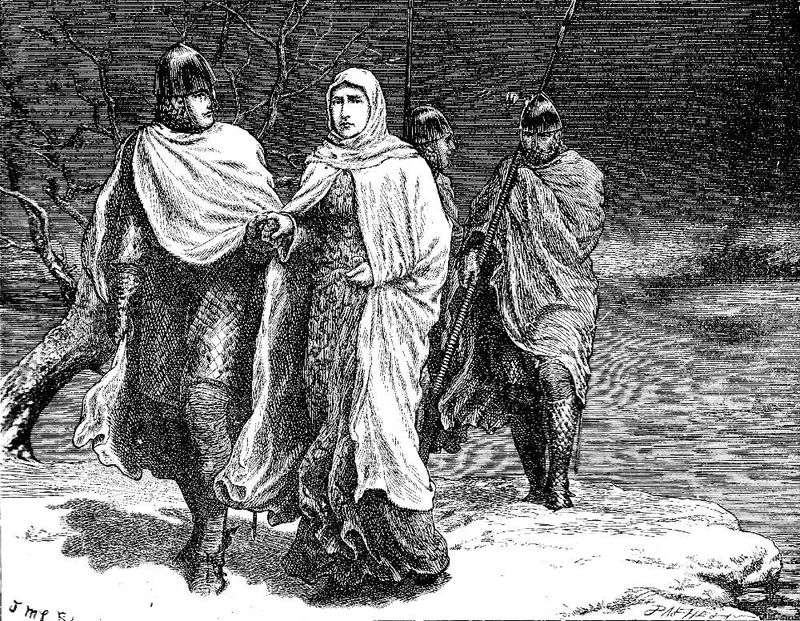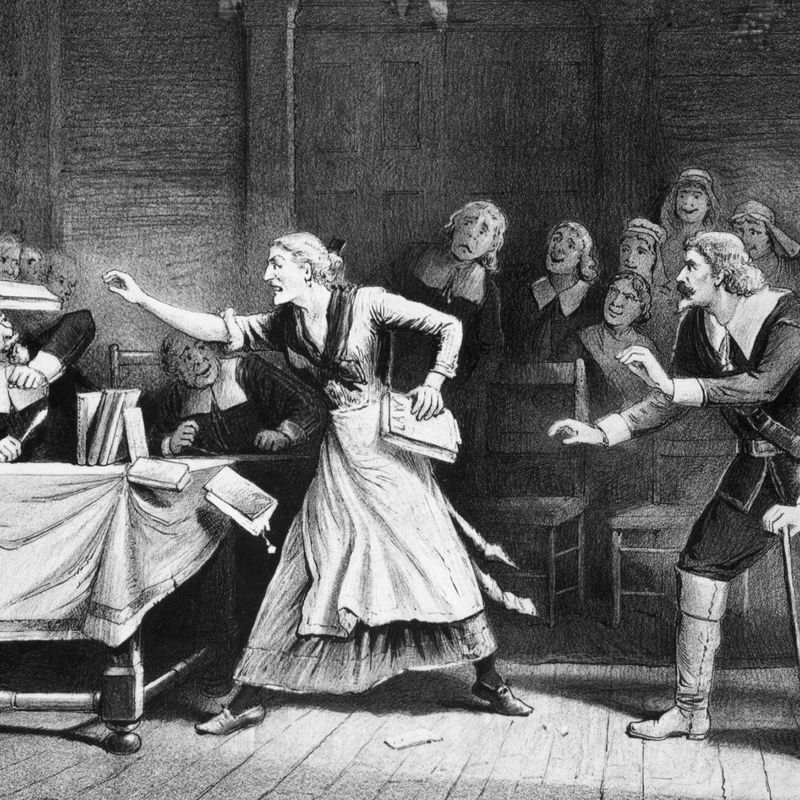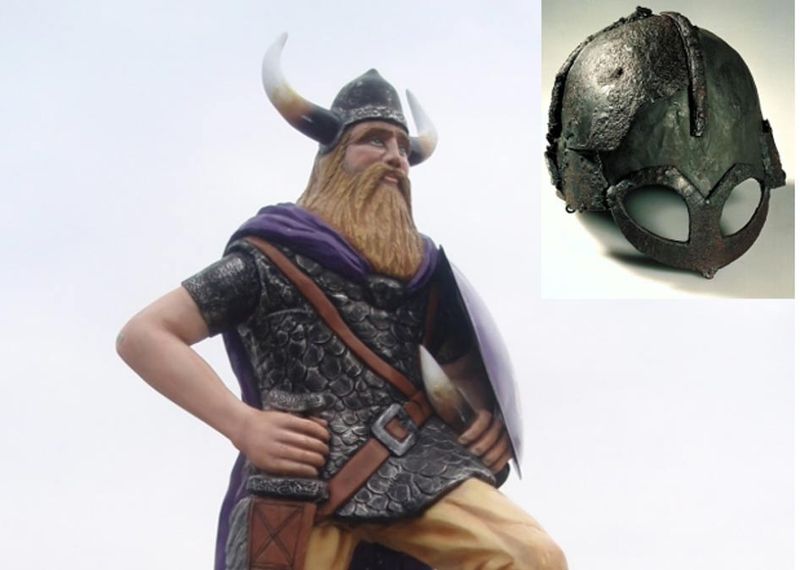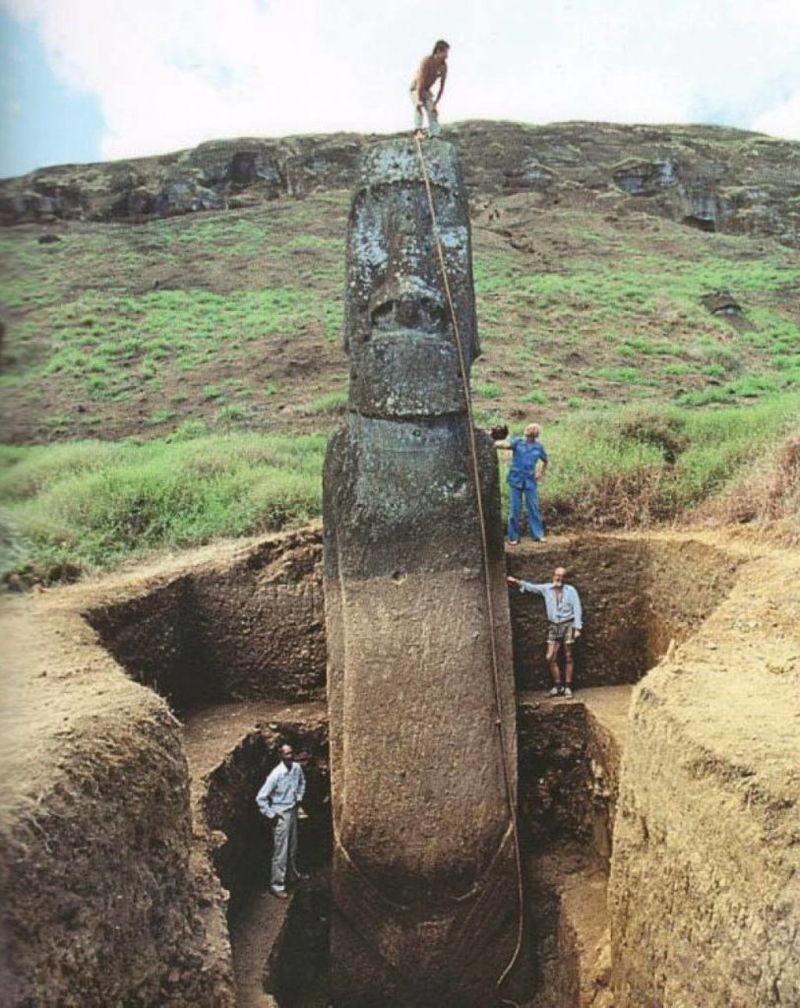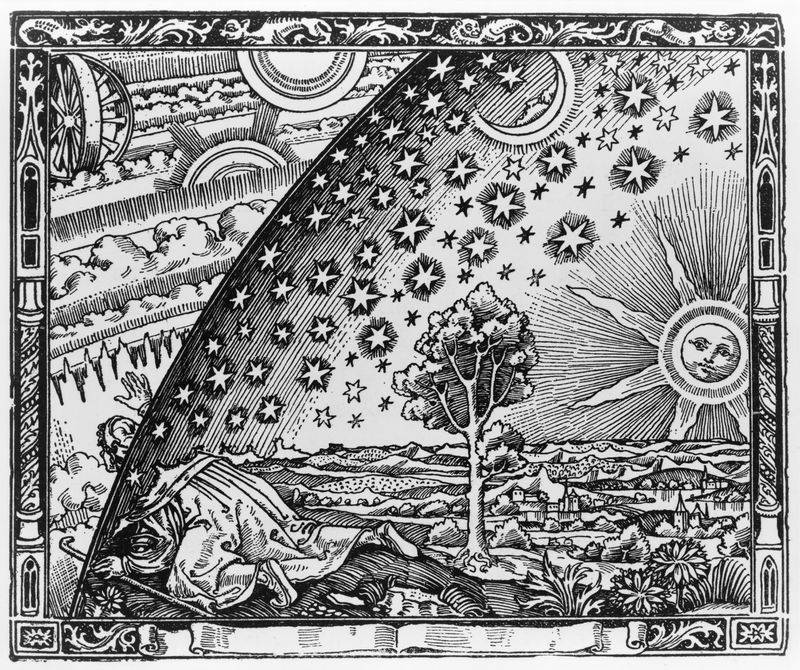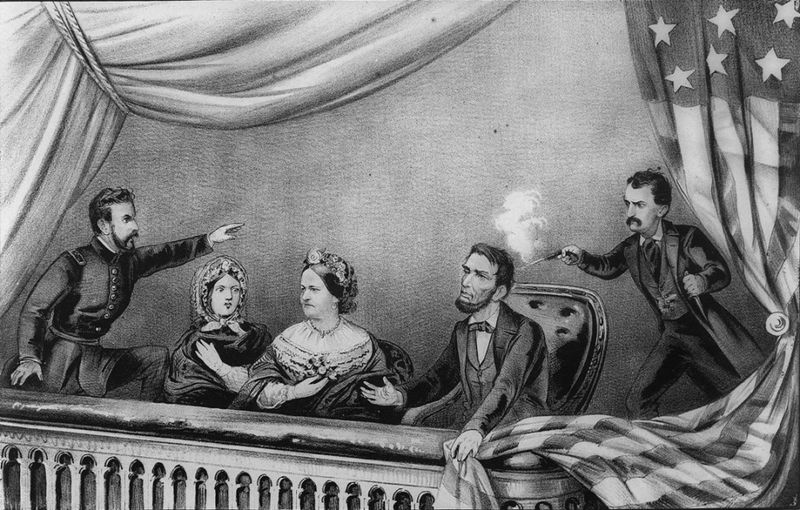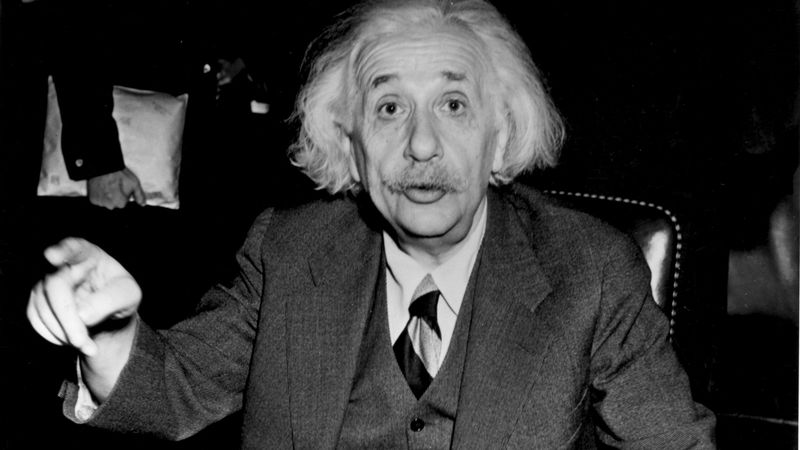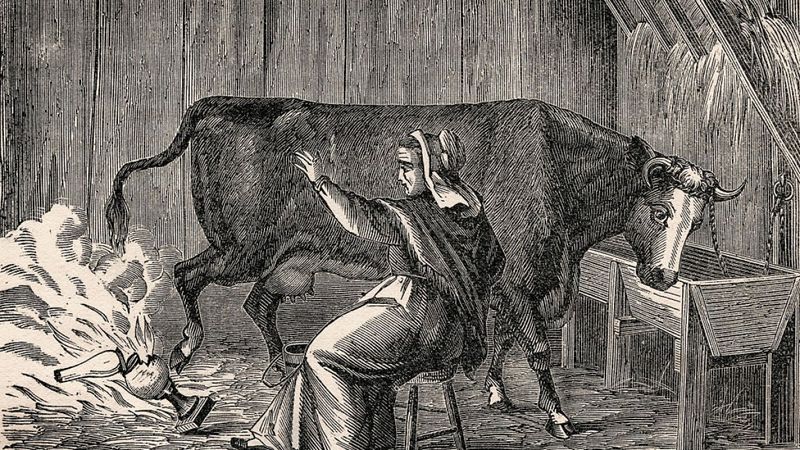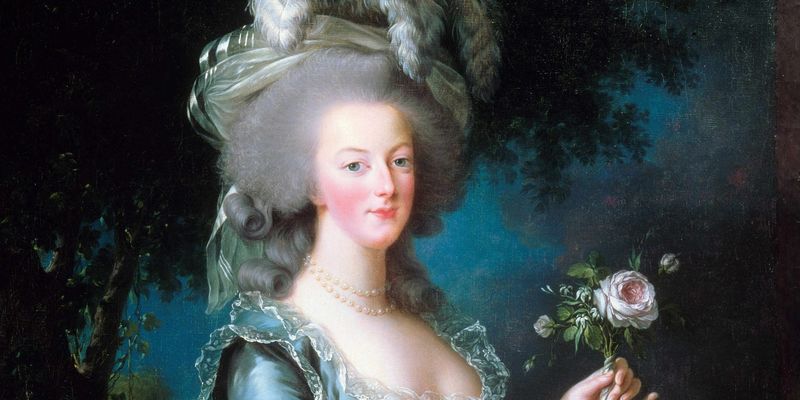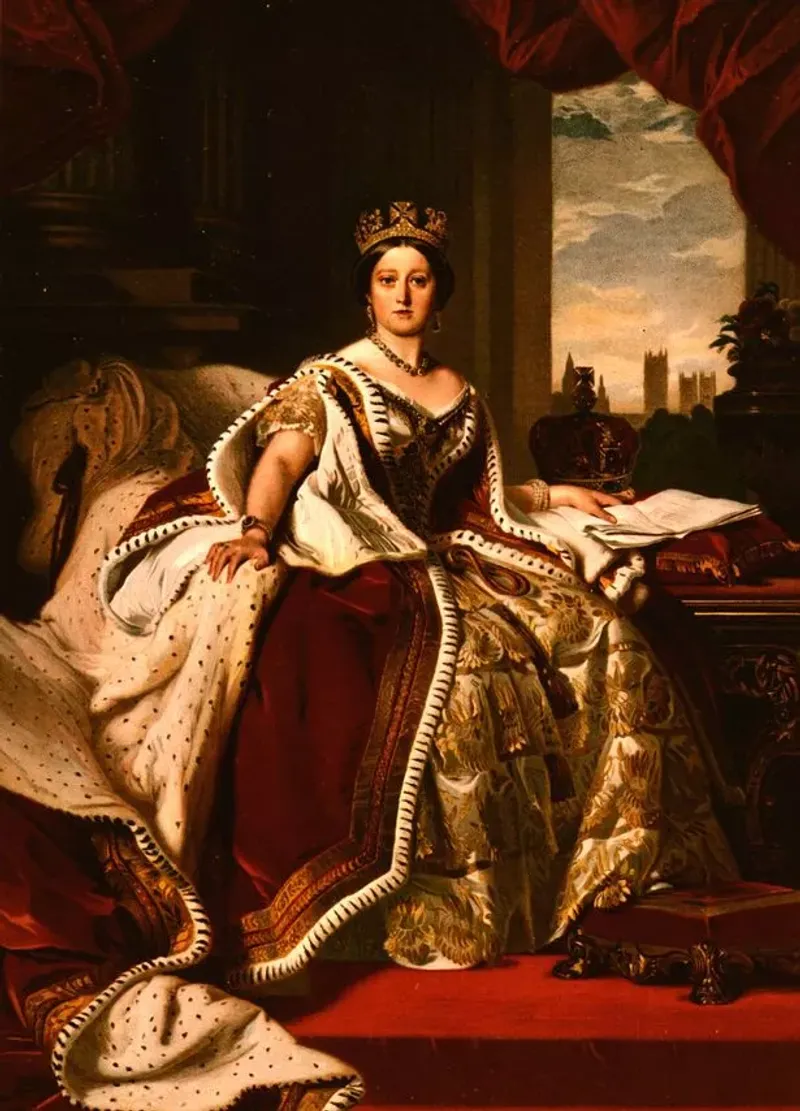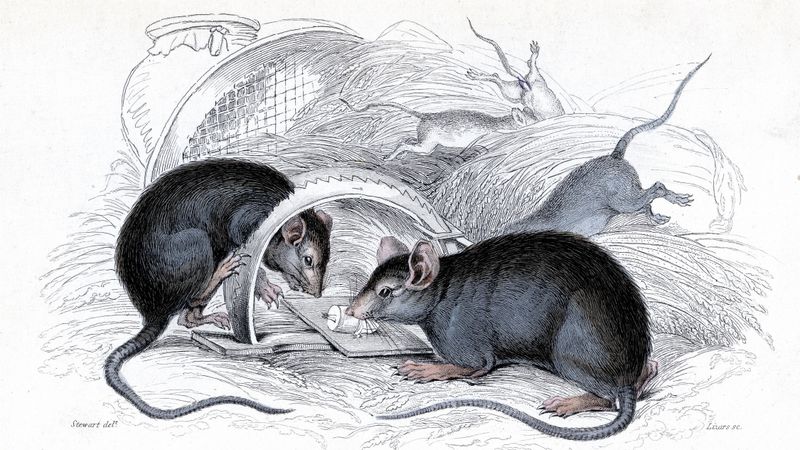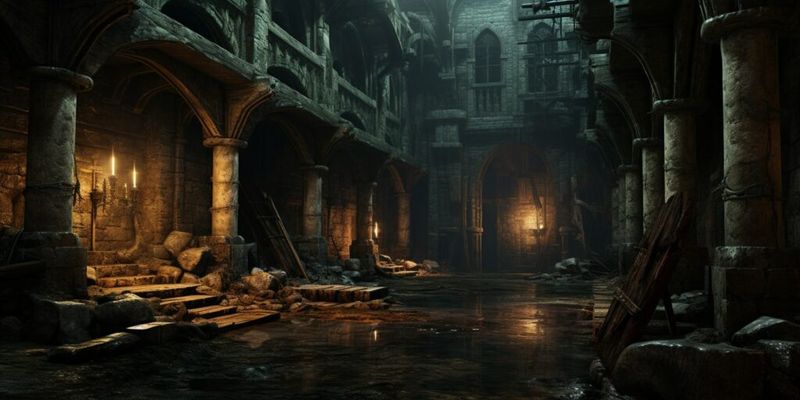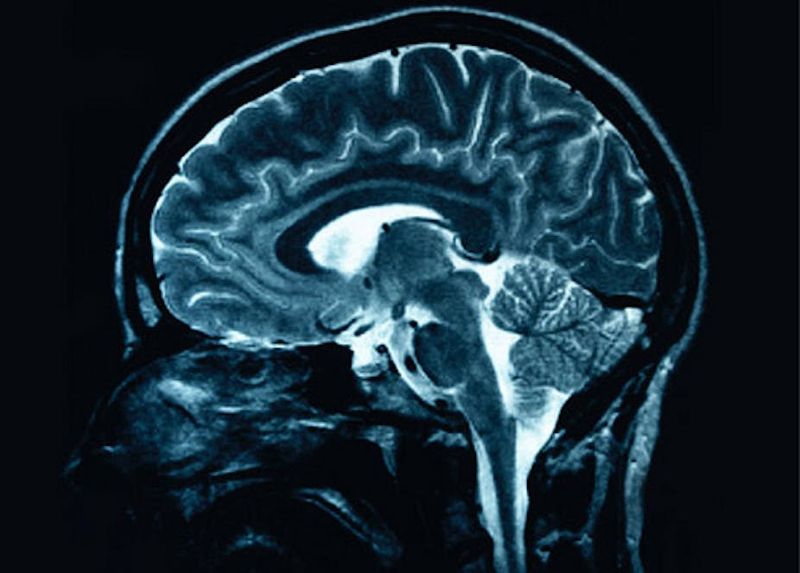History is full of tales that captivate our imagination, but not all of them are true. Many events widely believed to be fact are actually myths that have persisted over time. This blog post explores 20 such fake historical events, providing insights into their origins and the truths behind them. Let’s delve into these fascinating misconceptions!
1. Empress Matilda’s Escape Across the Thames
Empress Matilda is famed for her daring escape across a frozen River Thames during the war for the English crown. The story depicts her fleeing from King Stephen’s forces under the cover of darkness, contributing to her legendary status. However, records show that this thrilling escape actually took place across the frozen River Kennet, not the Thames.
The mix-up between these two rivers has persisted, adding a dramatic flair to Matilda’s story. It’s a testament to how easily history can be skewed by simple geographical errors or intentional dramatization to capture public imagination.
This fictionalized version of events has added to the aura of Empress Matilda’s resilience and tactical brilliance, even if the specifics aren’t entirely accurate.
2. Salem Witches Were Burned at the Stake
The Salem witch trials of 1692 are infamous, but contrary to popular belief, none of those accused were burned at the stake. Most were hanged, and one man, Giles Corey, was pressed to death with stones. The misunderstanding perhaps arises from European witch trials, where burning was more common. In America, however, the tragic events unfolded differently, leaving a lasting impact on societal views of justice and fear.
3. The Titanic Was Described as “Unsinkable”
The Titanic’s tragedy is shrouded in myths, one being that it was hailed as ‘unsinkable’. This notion was largely a result of post-disaster marketing and media exaggerations. The shipbuilders never made any such absolute claims, but the phrase stuck, becoming a symbol of hubris. The real loss, beyond the ship itself, was the many lives claimed by the icy Atlantic waters, forever marking the date in history.
4. The U.S. Dropped Nuclear Bombs to End WWII Immediately
The bombings of Hiroshima and Nagasaki are often credited with ending WWII instantly, but the reality is more complex. Japan was already on the brink of surrender due to various factors, including Soviet Union’s entry into the war. While the atomic bombs were devastating, many historians argue that they were not the sole reason for Japan’s surrender. This nuanced understanding reflects the intricacies of wartime decision-making.
5. Hannibal Used Only Elephants to Cross the Alps
Hannibal’s legendary march across the Alps often emphasizes his use of war elephants, but they were only a small part of his vast army. Most of the elephants didn’t survive the harsh journey, and the bulk of his forces crossed on foot or horseback. This strategic maneuver against Rome remains a testament to Hannibal’s military genius, illustrating resourcefulness beyond just the spectacle of elephants.
6. Isaac Newton Was Hit on the Head by an Apple
The iconic tale of Newton being hit by an apple simplifies his discovery of gravity. While he did indeed theorize universal gravitation after observing apples fall, there’s no historical evidence of one striking his head. This story endures as a charming anecdote, symbolizing the moment of inspiration, rather than a literal event. Newton’s insights, far from accidental, were the result of rigorous scientific inquiry.
7. Vikings Wore Horned Helmets
The image of Vikings in horned helmets is a product of 19th-century operas and imaginative costume design, not historical fact. Actual Viking helmets were practical and hornless, designed for battle rather than pageantry. This enduring image persists in popular culture, yet archaeological evidence reveals a more subdued, functional headgear. The real Vikings were skilled seafarers and traders, whose legacy reaches far beyond these anachronistic horns.
8. Easter Island Statues Are Only Heads
The massive stone figures of Easter Island, or moai, are often thought to be just heads, but they actually have bodies buried beneath the earth. Photographs typically focus on the heads, leading to this misconception. Excavations show complete torsos, elaborately carved and standing as silent witnesses to the island’s history. These statues reflect the society’s artistic and engineering accomplishments and continue to captivate the world’s imagination.
9. People Thought the Earth Was Flat in Columbus’s Time
Contrary to the myth, educated Europeans in Columbus’s time knew the Earth was spherical. Ancient Greeks, among others, had already demonstrated this centuries earlier. The notion that people thought the Earth was flat is a more modern invention, used to dramatize Columbus’s voyages. His journey was a quest for a new route to Asia, not an attempt to prove the Earth’s shape. This enduring myth overlooks historical understanding of the cosmos.
10. Abraham Lincoln Was Universally Loved During His Presidency
Though revered today, Abraham Lincoln faced significant opposition during his presidency. Considered controversial, he was disliked by many in both the North and South. His policies, particularly the Emancipation Proclamation, polarized opinions. Lincoln’s assassination turned him into a martyr, transforming his image over time. This complex legacy underscores how historical figures are often viewed through the lens of later events, rather than contemporary opinions.
11. The Middle Ages Were a Time of Scientific Stagnation
The stereotype of the Middle Ages as a ‘dark’ period of scientific inactivity is misleading. Significant advancements were made in fields like mathematics, astronomy, and medicine. The Islamic world, in particular, saw a flourishing of scholarship that preserved and expanded upon ancient knowledge. These centuries were marked by vibrant intellectual exchanges, laying groundwork for the Renaissance that followed, disproving the notion of stagnation.
12. Wild West Gunfights Were Frequent and Lawless
The Wild West, as depicted in films, was rife with gunfights and lawlessness, but historical records tell a different story. Many frontier towns had strict gun control laws, and gunfights were rare. The romanticized version of the West, filled with outlaws and duels at high noon, overlooks the structured legal systems and relatively low crime rates. This myth endures as a testament to the enduring allure of the cowboy image.
13. Einstein Failed Math as a Student
The myth that Albert Einstein failed math in school is a misunderstanding of historical record. In fact, he excelled in mathematics from a young age, even performing at advanced levels for his age. This misconception likely stems from a misinterpretation of the Swiss grading system. Einstein’s academic prowess laid the foundation for his revolutionary contributions to physics, from the theory of relativity to quantum mechanics.
14. The Great Chicago Fire Was Started by a Cow
The Great Chicago Fire of 1871 is often attributed to Mrs. O’Leary’s cow kicking over a lantern, but this tale is likely untrue. The actual cause remains unknown, but the cow story endures as a vivid narrative. While it adds a colorful twist to history, the emphasis on the cow distracts from the broader lessons about urban planning and fire safety that emerged from the disaster.
15. Marie Antoinette Said “Let Them Eat Cake”
“Let them eat cake” is famously attributed to Marie Antoinette, yet there’s no evidence she ever uttered these words. The phrase likely originated as anti-royal propaganda to paint her as out of touch with the common people. This myth has persisted as a symbol of aristocratic insensitivity, overshadowing the complexities of Marie Antoinette’s character and her actual role during the French Revolution.
16. Queen Victoria Was Always Stoic and Humorless
Queen Victoria’s public image is that of a stoic, humorless monarch. However, her personal letters reveal a woman with a vibrant sense of humor, who loved to dance and laugh. This contrast between her private and public personas highlights the pressures of royal life and how history sometimes simplifies complex personalities. Victoria’s life was filled with personal and political challenges, making her story all the more intriguing.
17. The Black Death Was Caused Solely by Rats
The Black Death, which devastated Europe in the 14th century, is often blamed solely on rats. Recent research, however, suggests that fleas on humans and other animals played a significant role in spreading the disease. This new understanding reshapes our view of this historical catastrophe, highlighting the complexity of epidemiological factors involved. The narrative of rats alone oversimplifies the diverse vectors that contributed to the pandemic.
18. Nero Fiddled While Rome Burned
The story of Emperor Nero playing the fiddle as Rome burned is a dramatic tale of callousness. However, fiddles didn’t exist in ancient Rome, and Nero was not even in the city when the fire started. This myth likely reflects political propaganda meant to discredit Nero. In reality, he organized relief efforts and rebuilt parts of Rome, though his reign remains controversial.
19. Medieval Dungeons Were Common in Castles
The popular image of medieval castles filled with dark, dank dungeons is more fiction than fact. Most castles were built for defense and habitation, not for storing prisoners. The concept of a dungeon came later, fueled by romanticized literature and film. These embellishments overshadow the practical purposes of castle architecture, which primarily focused on protection and governance rather than imprisonment.
20. Humans Use Only 10% of Their Brains
The idea that humans use only 10% of their brains is a pervasive myth that undervalues our neurological capacities. Neuroscience confirms that we utilize virtually all parts of our brain over time, each area serving specific functions. This misconception likely stems from early misinterpretations of brain studies. Understanding that our brains are fully engaged reflects the remarkable complexity of human cognition and dismisses this limiting belief.
